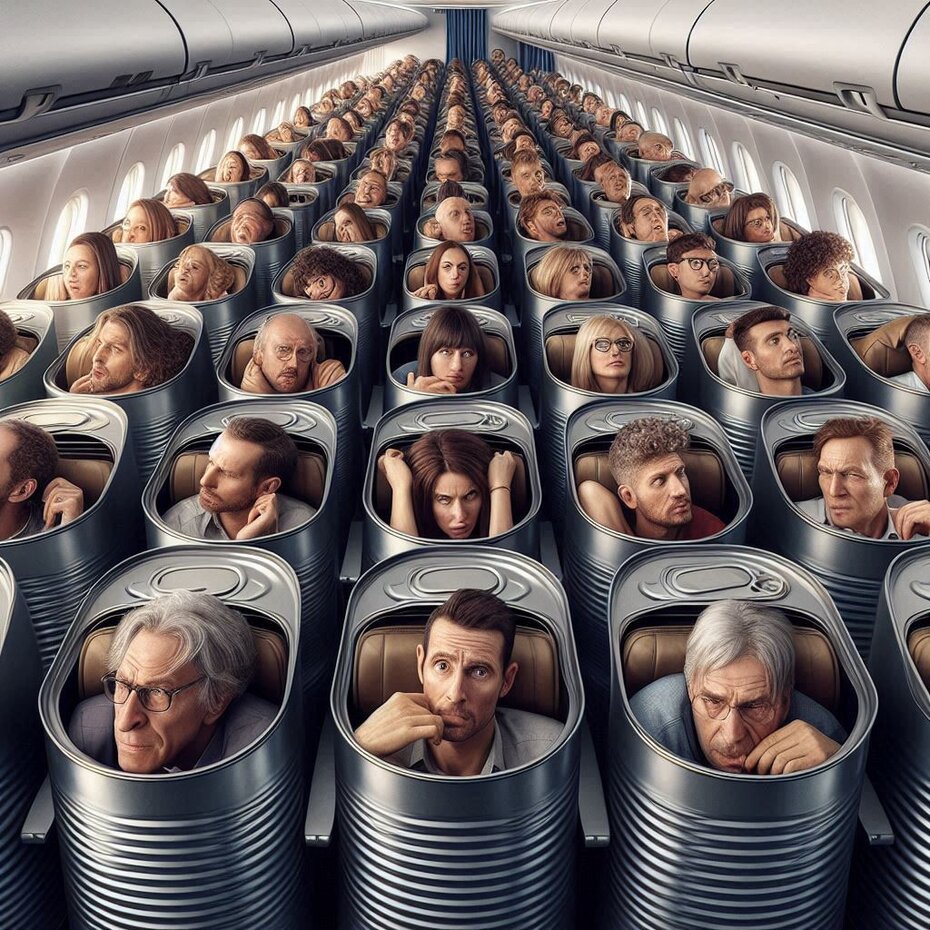The pleasure of traveling has a history
Traveling is undeniably a great pleasure, although in recent years a number of things have increasingly contributed to overshadowing it. One of them is flying in tourist class. Nobody deserves this torture. Another is the excessive number of tourists in the most reputable places among travelers and travel guides. Sometimes it's hard to identify who the locals are and what they do. Attractions end up becoming scenery rather than snapshots of local life.

However, there is one thing that always amazes me when I talk to people about travel. It's that, although we are all so different in shape, taste and way of behaving, the love of travel is almost universal. Few people escape this fever. So it was with surprise that I reacted to the discovery that the habit of “traveling for pleasure” is something that has spread relatively recently in our society.
It is said that the Roman elite already cultivated this habit around two thousand years ago. Thanks to the Roman Empire's expansion campaigns, they had an extensive territory covered by excellent roads, prosperous and whose inhabitants spoke the same language. Perfect for curious minds and rambling souls who wanted to see the world, or just relax by the sea. There are reports that emperors and wealthier Roman citizens used to spend their summers in the Bay of Naples, under the shadow of Mount Vesuvius.
During the Middle Ages, however, the habit of traveling for pleasure almost disappeared, as the state of abandonment to which the roads were condemned and the scarcity of traffic meant that they became territory dominated by criminals. The large number of bandits on the roads meant that wealthy people had to travel in groups, under armed protection. This was the case for kings, who, eager to make themselves known to their people and keep in touch with the influential people in their kingdom, set off on journeys once or twice a year. The risk to life for those who ventured out onto the roads was so great that even the habit of making religious pilgrimages had to find creative solutions in order to persist. At this time, a trade developed around the pursuit of seats in heaven: criminals were released from prison in exchange for going on pilgrimage to pay for the sins committed by those who had freed them.
With the Renaissance, the Roman elite's tradition of traveling as a leisure activity was revived. The poets Goethe, Lord Byron and Shelley's accounts of their tours of the Mediterranean date back to this period, which rekindled people's desire to travel.
But it was only with the proliferation of railroads during the Industrial Revolution that vacation travel became a widespread habit among the population. It was then that the first tourist agencies and travel packages appeared, offering cheaper tickets and accommodation for all budgets. The beautiful posters of the railway companies showing the tourist destinations of that period are evidence of this change in the population's habits. Finally, the proletariat had the right to dream of traveling on their vacations.
Travel by sea also suffered an impact during the industrial revolution, with the creation of steam-powered ships. However, crossing the oceans for recreational or cultural trips remained an activity only available to wealthy citizens. When the lower classes traveled by ship, it was to escape poverty and migrate in search of better economic opportunities.
The first commercial flights appeared at the beginning of the 20th century, but they were uncomfortable and unable to cover long distances. Commercial transatlantic air travel only appeared at the end of the 1920s, when the dirigible balloon Graf Zeppelin took off from Friedrichshafen in Germany and landed at Lakehurst in the United States, carrying 20 passengers in comfort. The pampering available to travelers included delicious meals in luxurious lounges with panoramic views, and passenger cabins with hot water on tap. This first trip lasted a total of 4 days and 11 hours.
But it wasn't until 1950, when British European Airways organized a charter flight to take tourists from London to Corsica for a summer vacation, that the era of group travel and mass tourism began. However, with the 1973 oil crisis, when fuel prices skyrocketed, the cost of air and land transportation made travel excessively expensive, reducing demand. To get around this crisis, tour operators sought closer and less expensive destinations, favoring domestic tourism in the countries.
With the popularization of tour companies, the internationalization of hotel chains and the emergence of low-cost airlines, mass tourism took off. But it was with the possibility of tailor-made trips, planned by the traveler themselves using websites for airline ticket sales and Airbnb accommodation rentals, that mass tourism was elevated to a new level. However, all this growth in leisure tourism in recent decades has been achieved thanks to a significant number of tourists who spend very little during their trips, with most of the economic gains of the tourism industry being retained in the hands of the airline industry, large hotel chains, international companies and the cruise ship industry.
As a consequence of the relentless pursuit by tourists and tour operators of increasingly popular travel costs, a type of tourism has flourished that is considered wild and invasive by the inhabitants of several famous tourist destinations, such as Barcelona, Amsterdam, Venice, Lisbon and Palma de Mallorca. The inhabitants of these cities have revolted against the destruction of the traditional lifestyle that marked their daily lives, the increase in the cost of housing and the destruction of nature and historical monuments. Tourist destinations are now struggling to implement “quality tourism”, attracting travelers who spend more money, and restricting access to the crowds who spend little.
If tourism is to continue to evolve over the coming decades, it will mainly have to meet four new demands: (1) create tourism practices that minimize environmental impact, promote cultural conservation and support local communities and (2) provide tourists with personalized experiences that meet their interests and preferences through immersive experiences, (3) adapt the infrastructure of cities and accommodation to the needs of digital nomad workers and, finally, (4) adapt travel to the impact of climate change on tourist destinations.
Now we just have to wait and see where these changes will take us on our next vacation.
Translated with DeepL.com (free version)
Voltar
